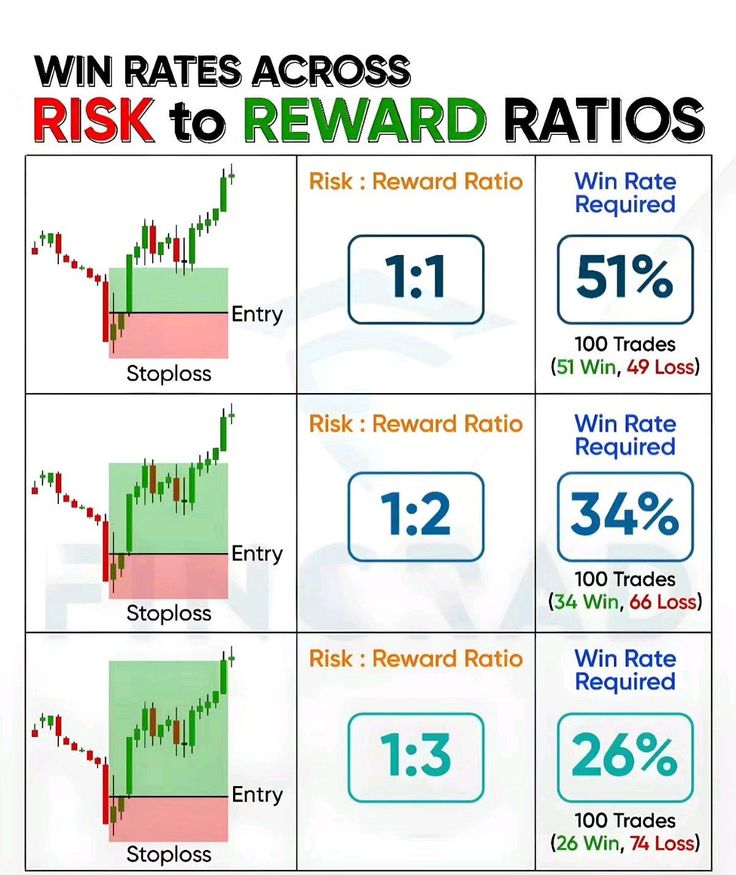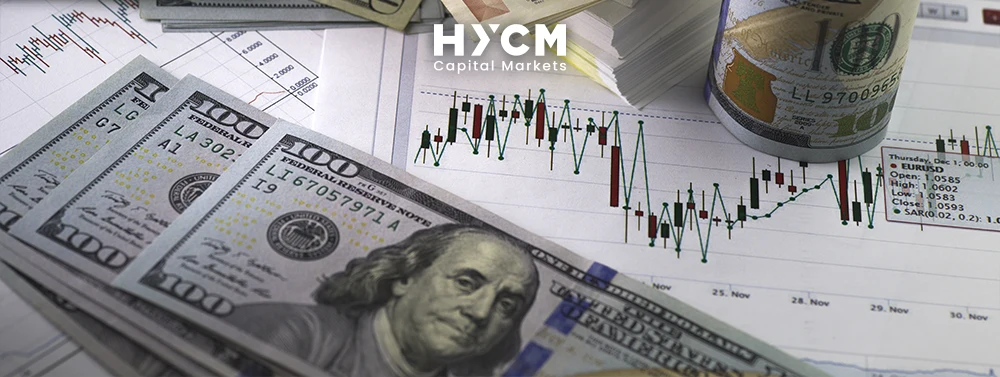Did you know that many traders treat their capital like a piñata—swinging wildly, hoping for a big payout, but often ending up with nothing but a mess? Protecting your capital in day trading is crucial, and understanding the risks is the first step. This article delves into the main risks of day trading, effective strategies like stop-loss orders and position sizing, and the importance of diversification. Learn how to utilize risk-reward ratios and the best tools for managing your capital. We also cover the significance of a solid trading plan, avoiding emotional pitfalls, and the impact of market conditions. With insights from DayTradingBusiness, you'll be better equipped to safeguard your investments and navigate the trading landscape with confidence.
What are the main risks of day trading?
The main risks of day trading include significant financial loss due to market volatility, emotional decision-making leading to poor trades, and overtrading that depletes capital quickly. Leverage can amplify losses, and sudden market gaps can cause unexpected setbacks. Lack of experience or proper risk management increases the chance of losing your entire investment.
How can I set stop-loss orders to protect my capital?
Set a stop-loss order at a specific price below your entry point to limit potential losses. Use a percentage-based stop, like 2-3%, to automatically exit trades if the market moves against you. Adjust stop-loss levels as the trade progresses to lock in profits or reduce risk. Place stop-loss orders immediately after entering a trade to prevent emotional decisions. Use trailing stop-loss orders to follow favorable price movements while safeguarding your capital if the trend reverses.
What trading strategies minimize risk exposure?
Use stop-loss orders to limit losses on each trade. Diversify your trades across different assets to avoid overexposure. Stick to a well-defined trading plan with clear entry and exit points. Avoid over-leveraging to prevent large swings in your capital. Focus on high-probability setups rather than chasing every move. Maintain disciplined position sizing to control risk per trade. Keep emotions in check and don’t deviate from your strategy during volatility.
How does position sizing reduce trading losses?
Position sizing limits the amount of capital at risk on each trade, preventing large losses from single mistakes. By reducing trade size during volatile markets, it minimizes exposure to unpredictable swings. Smaller positions mean losses hit your account less hard, preserving capital for future trades. It helps you stick to your risk limits and avoid blowing up your account on one bad move. Proper position sizing keeps losses manageable, so you stay in the game longer and avoid emotional mistakes.
What role does diversification play in day trading?
Diversification in day trading helps spread risk across different assets, reducing the impact of a single loss. It prevents overexposure to one market or stock, shielding your capital from sharp swings. By trading multiple assets, you avoid putting all your funds into high-volatility options, stabilizing overall performance. Diversification acts as a buffer, minimizing potential big hits and preserving capital for future trades.
How can I use risk-reward ratios effectively?

Use risk-reward ratios to set clear profit targets relative to your stop-loss, ensuring potential gains justify risks. Aim for a ratio of at least 2:1 or higher so that winning trades cover losses and still generate profit. Before entering a trade, determine your maximum acceptable loss and set your take-profit level accordingly. Stick to these levels strictly, avoiding emotional decisions. Regularly evaluate your trades to see if your risk-reward setup helps protect capital by minimizing losses and maximizing gains over time.
What are the best tools for risk management in day trading?
The best tools for risk management in day trading include stop-loss orders, position sizing calculators, trading journals, and risk/reward ratio analyzers. Use trading platforms with real-time alerts and automated order execution. Incorporate charting software like TradingView or ThinkorSwim for technical analysis. Implement risk management software such as Edgewonk or Tradervue to track and analyze trade performance. Always set predefined stop-loss and take-profit levels before entering trades to minimize losses.
How important is a trading plan for capital protection?
A trading plan is crucial for capital protection because it sets clear rules for entry, exit, and risk management, preventing impulsive decisions. It helps you stick to predefined stop-loss levels and position sizes, minimizing losses during volatile market swings. Without a plan, emotional trading can wipe out your capital quickly. A solid plan keeps you disciplined, preserves your funds, and improves long-term survival in day trading.
How can I avoid emotional trading mistakes?
To avoid emotional trading mistakes, set clear trading plans and stick to them, avoiding impulsive decisions. Use stop-loss orders to limit losses and prevent panic selling. Keep emotions out of your trading by analyzing data objectively, not chasing wins or avoiding losses. Practice disciplined risk management, only risking a small percentage of your capital per trade. Take breaks when emotions run high to reset your mindset. Maintain a trading journal to identify emotional triggers and learn from mistakes.
What are common pitfalls that threaten trading capital?
Common pitfalls threatening trading capital include overleveraging, chasing losses, ignoring risk management, overtrading, and emotional decision-making. These lead to rapid losses and drain your funds quickly. Avoid risking too much on single trades, stick to stop-losses, and stay disciplined to protect your capital.
How does leverage increase trading risk?
Leverage amplifies both gains and losses, so if a trade moves against you, your losses grow quickly, risking more capital than you invested. It can wipe out your account with a single bad move. Using high leverage means small market swings can lead to margin calls or forced liquidation, increasing your overall trading risk.
When should I exit a trade to protect my funds?
Exit a trade when your profit target is hit or if the price hits a predetermined stop-loss level. Set stop-loss orders before entering the trade and stick to them. If the trade moves against you and reaches your stop-loss, close it immediately. Use trailing stops to lock in gains as the market moves in your favor. Always have a clear exit plan based on your risk tolerance and market conditions.
How can paper trading help in managing risk?

Paper trading helps manage risk by letting you test strategies without real money, so you learn how different moves affect your capital. It reveals potential losses and gains in a simulated environment, helping you refine your approach before risking actual funds. By practicing with virtual money, you build confidence and develop discipline, reducing emotional reactions that cause costly mistakes in real trading.
What are the signs of overtrading and how to avoid them?
Signs of overtrading include excessive trades in a short period, chasing losses, and ignoring risk management. You might feel impatient, take impulsive trades, or notice your account balance fluctuating wildly. To avoid overtrading, set strict daily and weekly trading limits, stick to a proven strategy, and use stop-loss orders. Maintain discipline, avoid emotional decisions, and take regular breaks to keep your trading balanced.
How do market conditions affect day trading risks?
Market conditions impact day trading risks by increasing volatility during unpredictable periods, making price swings sharper and harder to predict. Bullish trends can lure traders into overconfidence, while bear markets or sideways movements can trap positions and cause quick losses. Sudden news events or economic releases can trigger rapid price changes, amplifying risk. In unstable markets, stop-loss orders might not execute at expected prices, leading to bigger losses. Adapting to changing conditions and using proper risk management, like setting tight stops and limiting position sizes, helps protect your capital during volatile or uncertain market conditions.
Learn about How Does Market Microstructure Affect Day Trading Strategies?
What education resources are best for learning risk management?
Look for courses from CFA Institute, online platforms like Coursera and Udemy offering risk management modules, and books such as "Against the Gods" by Peter L. Bernstein. Use trading simulators to practice applying risk strategies, and follow reputable financial blogs and podcasts for real-world insights.
Conclusion about How to Protect Your Capital from Day Trading Risks
In summary, effectively protecting your capital from day trading risks requires a multifaceted approach. Implementing strategies such as stop-loss orders, proper position sizing, and diversification can significantly reduce potential losses. A solid trading plan, combined with a clear understanding of risk-reward ratios, is essential for long-term success. Additionally, utilizing tools for risk management and avoiding emotional trading can further safeguard your investments. For comprehensive insights and support, DayTradingBusiness offers valuable resources to help you navigate these challenges and enhance your trading strategy.
Learn about How to Protect Yourself from Insider Trading Risks